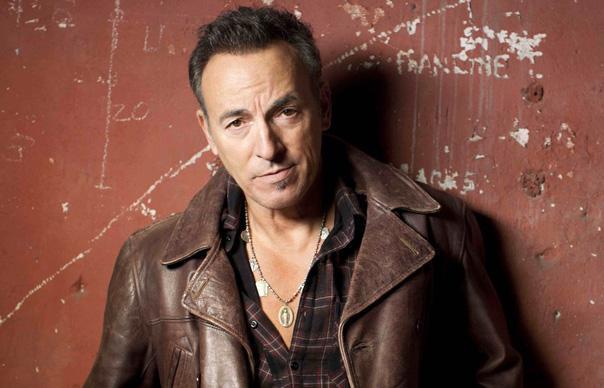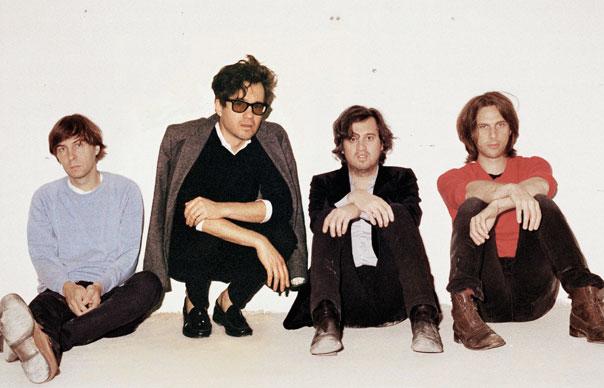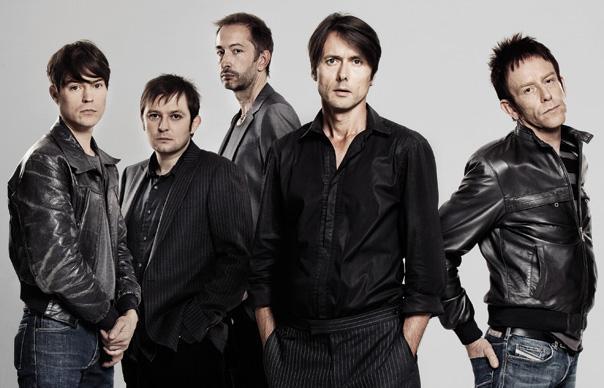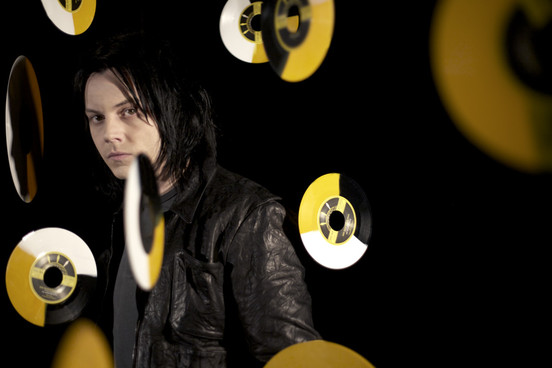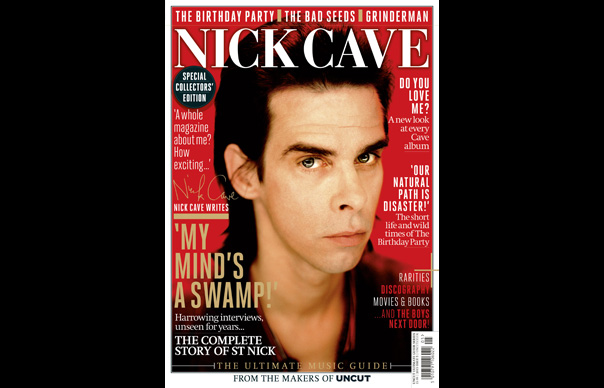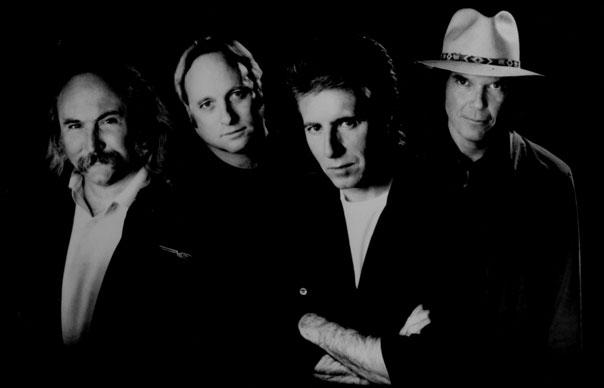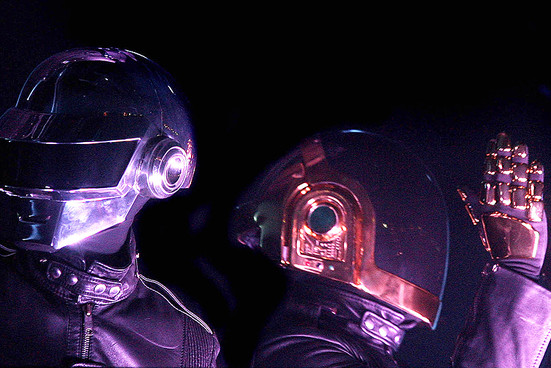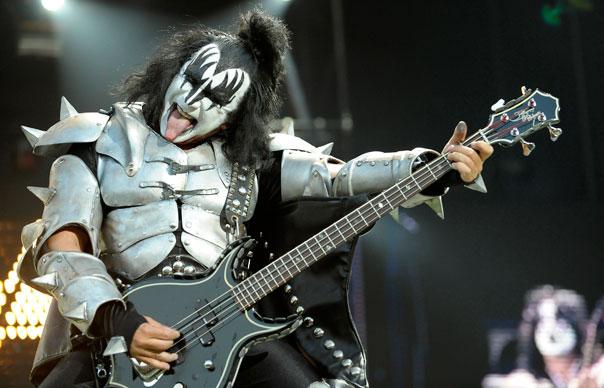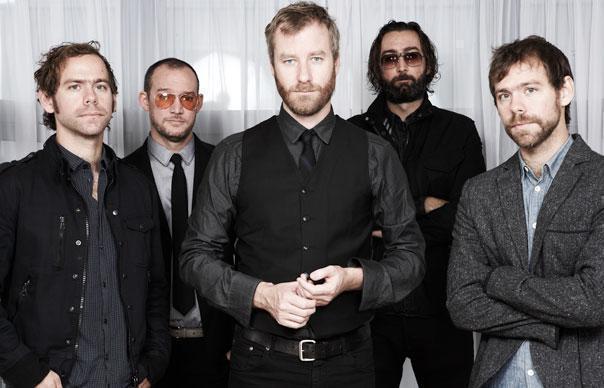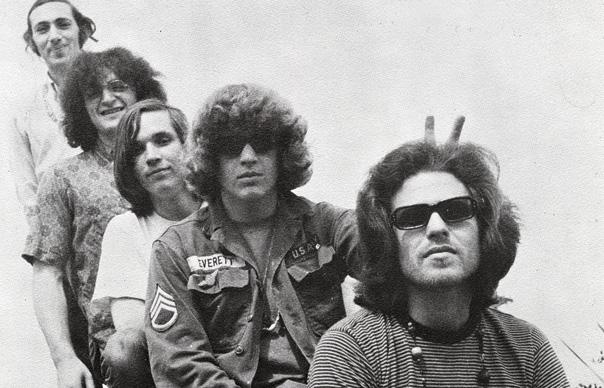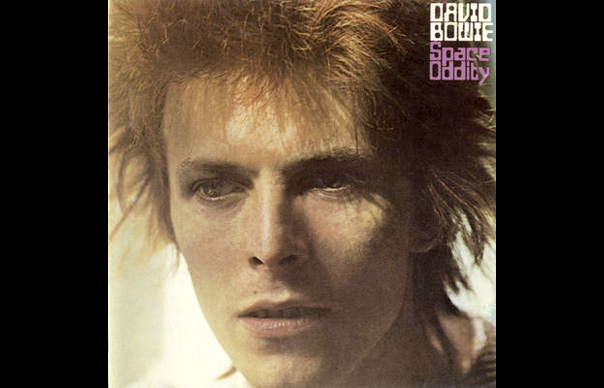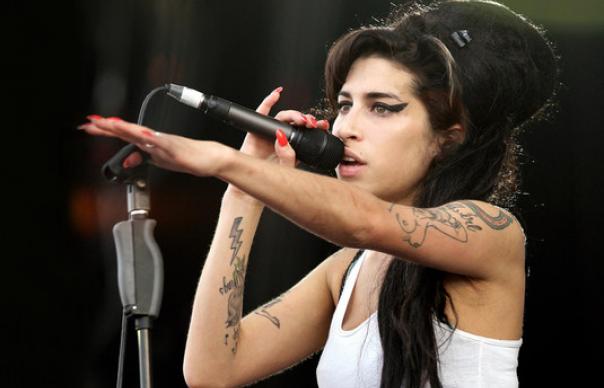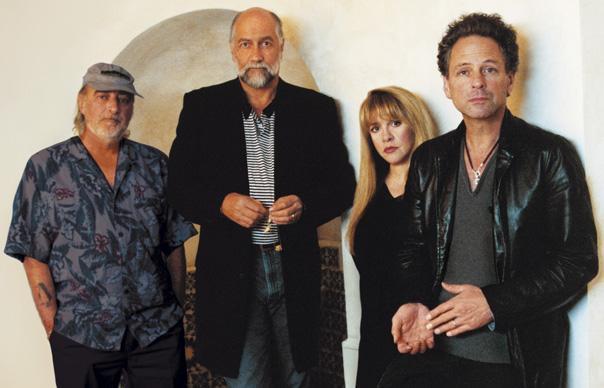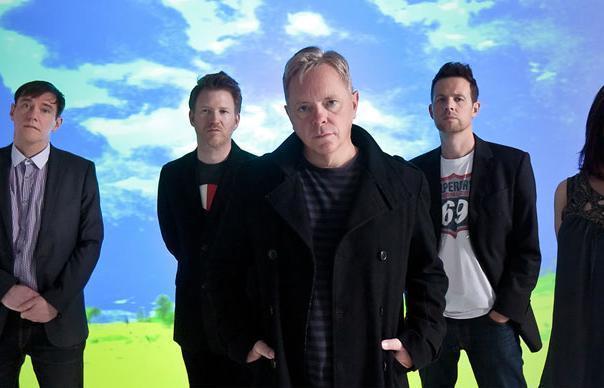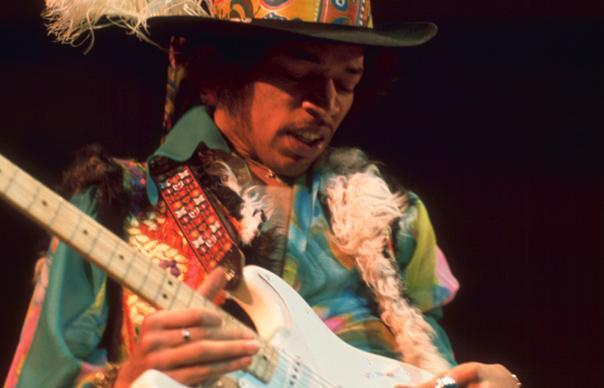Best known for his work on The Beach Boys’ Smile, Parks is a student of serious music, whose flirtation with the counterculture saw him fall in with unlikely company. His first job was arranging “The Bear Necessities” for Disney’s Jungle Book, but his association with Brian Wilson led to him producing debuts by Ry Cooder and Randy Newman, as well as making idiosyncratic solo albums. As he prepares to release his new album, Songs Cycled (reviewed in this month’s Uncut, dated June 2013), we look back to July 2010’s issue, where Parks reflects on a career that’s straddled the worlds of serious music and pop, without fitting in to either. Words: Alastair McKay
__________________
THE BEACH BOYS – SMILE
(1967-68, released as The Smile Sessions in 2011)
Wilson’s “teenage symphony to God” runs aground, as Parks’ lyrical attempts to fit a tale of the American experience to Brian’s schizophrenic music bamboozle Mike Love. Exit Parks.
Van Dyke Parks: “I was a fixture at the Troubadour, one of the clubs that was the nexus for all the transformations from folk into folk rock, and the rock’n’rollers all gathered there. I was perceived as counterculture by Brian Wilson, and he wanted a ticket into that world. What would the record be about? Well, he had no idea. Nor did I. He simply had musical impulses that were nowhere near the musical impulses he was famous for. But I remembered the rule – write what you know – and the American experience was all that I knew. I didn’t want to project navel-gazing, boy meets girl, boy loses girl. When I heard the music Brian came up with, with its spasms of attitude shifts, it sounded more meditative than the rock’n’roll that preceded it. It’s fair to say he didn’t have a snowball’s chance in hell of getting it done. There were a lot of people around Brian who fed his mental instability with hard psychotropic drugs. Brian’s instability became an absolute obstruction. And it just got too crazy for me. Many people have commented on how Mike Love wanted me to explain the lyrics. And I did not want to do that. Also, my parents had taught me, don’t be somewhere you’re not wanted. That’s elementary, Watson.”
VAN DYKE PARKS – SONG CYCLE
(Warner Brothers, 1968)
Backed by producer Lenny Waronker, Parks matches an exploration of multi-track recording with a classically oriented sampler of American popular music.
“At the age of 24, all I had was a contract at a record company. And why did I get that contract? Obviously not because of my voice – it was because I knew Brian Wilson, and the bigwigs at Warner Brothers wanted to know what Brian Wilson knew. They realised that knowledge could take them from the sleepwalk of Dean Martin and Frank Sinatra and the giants who dominated the Eisenhower era, and bring Warner Brothers safely into the counterculture. I was that guy. I was driven by my interest in getting in the studio and recording music. I didn’t want to be recognised, I didn’t want to be rich, I didn’t want to be successful, I just wanted to be busy at music. What you find in Song Cycle is a redux, a confessional, on my absolute obsession, with what the studio could do. I went into that with a youthful excess. I view Song Cycle as a way in which I could make all the mistakes I could make at one time. But I think it represents an absolute achievement, because I learned how to use the studio and I quickly brought that learning to other projects. I think that it did scare people – appall people – because it sounds so expensive, and perhaps, a vanity, but I think that it was a work that was filled with heart and spirit, and a sense of inquiry. Unfortunately, it was not song-driven, so it was easy prey for people who were afraid of it. Afraid, because it couldn’t be sorted out – it couldn’t be classified, it couldn’t be performed easily. And, in fact, people got mad about it. I still think it’s singular. I think, honestly, that the record has a force, a spiritual force, a spiritual reality, that is totally reflective of the anxiety of the time – not only the Civil Rights movement, the war, and the assassinations that surrounded it, principally Kennedy. I think it’s a dead ringer for the trauma of the 1960s. One reviewer called my lyrical approach to Song Cycle, Joyce-lite, another called it the Edsel of pop, but I don’t think that it is pop. I was no more interested in osmoting the delta blues than I was in learning how to do the Charleston – to me it seemed like something that was just unmannerly, and forced. So I find myself not being legitimate enough for highbrow music and being too musically obsessed to be branded as lowbrow. I find myself on the borderline between those two opposing forces.”
RANDY NEWMAN – RANDY NEWMAN
(Reprise, 1968)
Newman’s audacious first LP pairs acerbic lyricism with Parks’ orchestrations to little commercial effect, though the template for Newman’s success is established.
“When I met Randy he was writing music for Peyton Place. Randy, like Brian Wilson was not a member of the counter-culture. I was happy with the idea that I could take those lessons I’d learned on Song Cycle and apply them to another individual and just sit back and let somebody else hold the bag. That’s what happened – Randy got the crosshairs of the critics. But it was undeniable that he had a much greater songwriting ability than I had. I look at that album as the template for the rest of his career. That in part is due to the production. But you just can’t beat his acerbic songwriting. You don’t get anything better than “Simon Smith And His Dancing Bear”. You don’t get anything better than “The milk truck hauls the sun up, the paper hits the door, the subway shakes my floor, and I think about you” [“Living Without You”]. That is brilliant scansion. It’s mathematically so fine. I didn’t enjoy being with Randy so much. He’s terribly neurotic and dark. He suffers fools not wisely. He has a tendency to mandibular trauma. He comes out slugging. If I’m going to produce a record, I want everything I do to liberate the artist. I knew I wouldn’t be necessary on his second record, and I could go find other fish to fry.”
PHIL OCHS – GREATEST HITS
(A&M, 1970)
Ochs’ final LP reflects on the failures of his career, prefiguring his suicide, and alienating his remaining fans by jettisoning folk for glossy orchestration…
“Oh, dear heart. That’s very difficult to talk about. I loved this man. But Phil Ochs was a troubled man. I did not know how troubled he was. I didn’t think he would end up eventually on a shower rod, suicidal. He was nuts. He was driven nuts by the falsehood, government deception, American hegemony, imperialism. He wanted to get to the bottom of it all. He had a rabid regard for the truth. And yet, the album was built to offend his core audience. It wasn’t folk music – the folk Nazis were the first to get at it and tear it down. But Phil so desperately wanted to be legit, he thought I should produce a record that helped him get the musical validation that comes from having an orchestra accompanying his songs. But looking back on it, the lyrics give intimation of his desperation. I took it as a great honour to work for him, because Phil was singular, in terms of his fame, and his unswerving regard for the power of empathy, for human kindness, for civility. I always thought it was the artist’s right to pursue his madness. And that record shows signs of a person who was at the brink. It’s not my favourite Phil Ochs album, but I think it’s indispensable for anyone who wants to osmote some fundamental character, because it’s filled with courage and a sense of social obligation.”
RY COODER – RY COODER
(Reprise, 1970)
Stepping out from a career as a celebrated sideman, 22-year-old Cooder reinterprets roots music, while Parks provides subtle orchestration.
“I knew Ry from the LA club scene. Both of us worked for Terry Melcher ghosting for Paul Revere & The Raiders. We just did a lot of recording. I decided I didn’t want to follow the herd into the guitar. I took the beta position and went to the keyboard. So there I am playing piano with Ry Cooder. I got Lenny Waronker to go along with it. Because at Warners they were looking for another Mario Lanza. They were thinking, ‘Here comes another frog man’ – we’d already done Randy Newman. But Ry was my ticket to being validated as a street musician; fundamentally, his music was roots, and that’s what brought me out to California. Also I saw a liberal spirit. Ry was interested in under-doggerel. He was concerned. His music shows it. Also, it wasn’t force-fed. Randy Newman’s uncle Al told me, the quietest sound in the world is a philharmonic. It’s a phenomenon of strings that the more you have, the more transparent they become. You can see from my work with Ry that I was interested in a life of unseen handiwork. That was my goal. I wanted to be an arranger, and he promoted that. I’ve never had a better time than working with Ry, and not because he was a fawning fanatic. No, he was absolutely dubious. I was called to task in a way that was most helpful.”
VAN DYKE PARKS – DISCOVER AMERICA
(Warner Bros, 1972)
Re-invigorated after the commercial failure of Song Cycle, Parks makes his most accessible album, a celebration of calypso.
“I played coffee houses and one time my brother and I went on after a steel band from Trinidad, Andrew de la Bastide and his group, and they rocked the place. Many of our friends were Trinidadians. Discover America was all about my love for those people and their music. This is not a Calypsonian’s record, but it reflected the rich culture of this post-colonial place. In Trinidad you had a high literacy, great wordplay. I like work that seems happy and sad, where half of the audience is sobbing, the other half vomiting because they find something so outrageously funny. I love that uncertainty. It’s what I loved about Brian Wilson. I found that same element in Discover America. I was having a problem with America, as I was working with the Esso Trinidad Steel Band. I went on tour with them in the South, and we were frightened by racism, and rifles. It was hard on me as an exemplar of patriotism to see how shabbily black people had been treated. So I turned to Discover America to vent my sorrow. It’s the best record I’ve done. It’s such precious stolen goods.”
VARIOUS ARTISTS – POPEYE: ORIGINAL SOUNDTRACK
(Boardwalk Entertainment, 1980)
Harry Nilsson and all-star band provide tunes for Robert Altman’s spinach-fuelled musical.
“That will shortly be reissued by the Japanese. It’s a fine record. The Japanese are more interested in American cultural legacies – which, to me, is what Harry Nilsson’s work is all about – than the Americans themselves. The hue and cry in America is “When’s your next CD?” “Where’s your latest?” They would do this to Moses if he were alive: where’s the 11th Commandment? People want more, at the expense of what it is that deserves registry. And Popeye, the album, is such an event. My wife and I were in Malta for five months making the film. We were hostages – it was right after the American embassy was taken in Tehran. We worked very hard. Most of the songs had been sketched in LA, but some others developed there. Harry, at that time, just sang songs, and the harmonies and so forth he left to me. I did that, and then played the songs to him in a studio, sometimes with banjo great Doug Dillard, or Klaus Voormann. Basically I just got a chance to orchestrate, and frame the songs.”
BRIAN WILSON – ORANGE CRATE ART
(Warners, 1995)
Park’s lyrical love letter to California marks the return to creative recording of Brian Wilson.
“It was hard to do that. It took about three years. But it’s the rubicon Brian needed to cross to re-engage in the studio. I remembered the regard he gave me as a younger man, so knowing that that would probably be my last Warners album I decided to spend it with him. The first clue came when I came up with the song, “Orange Crate Art”. I just thought: ‘Who could sing the word “orange” more effectively than Brian Wilson?’ That was the first song, it took two-and-a-half hours, and I threw in a six-pack of Diet Coke and a Chinese chicken salad. It showed Lenny Waronker that Brian was totally able. I wanted it to be a paean to California, because I wanted Brian to be able to relate to it. I was very careful about my lyrics. There were a lot of words I wouldn’t use around Brian. I did not feed into his nightmares. I was interested in making a record with lyrics that console and entertain, that are not treacle, or mawkish. I’ve always recognised that my windshield is bigger than my rearview mirror. But you must look back. Some people want to change the world. I want the world to return to its natural order.”
JOANNA NEWSOM – YS
(Drag City, 2006)
Inspired by Song Cycle, the harpist calls in Parks, issuing him with a detailed manifesto of how the record should sound.
“If Joanna has talked about being influenced by Song Cycle, that’s a mystery to me. I can only tell you that when I do arranging like that, it’s a monastic experience. I work alone. I don’t want any advice. But Joanna was totally content with what I did, which was to come up with an orchestra which I call a frugal gourmet: a string section, big enough to hold its britches up, but not too big. Three violins on each voice. Four violas, one cello, one bass. Five woodwinds. Two flutes, a double reed, two clarinets. A marimba. And an odd assortment of percussion. Oh, and one French horn, as it’s the most malleable instrument in the winds. I knew that Joanna Newsom was in a rapture. She still is. She’s out there. I thought the idea was to make her music on the harp a little more palatable, to relieve it of its wet dream, make it awake enough to be able to enjoy some light of day. She gave me many pages of descriptive analysis, and if I could have figured out what ‘purple’ means musically, I’d have benefited from them. I couldn’t, so I ignored them.”



